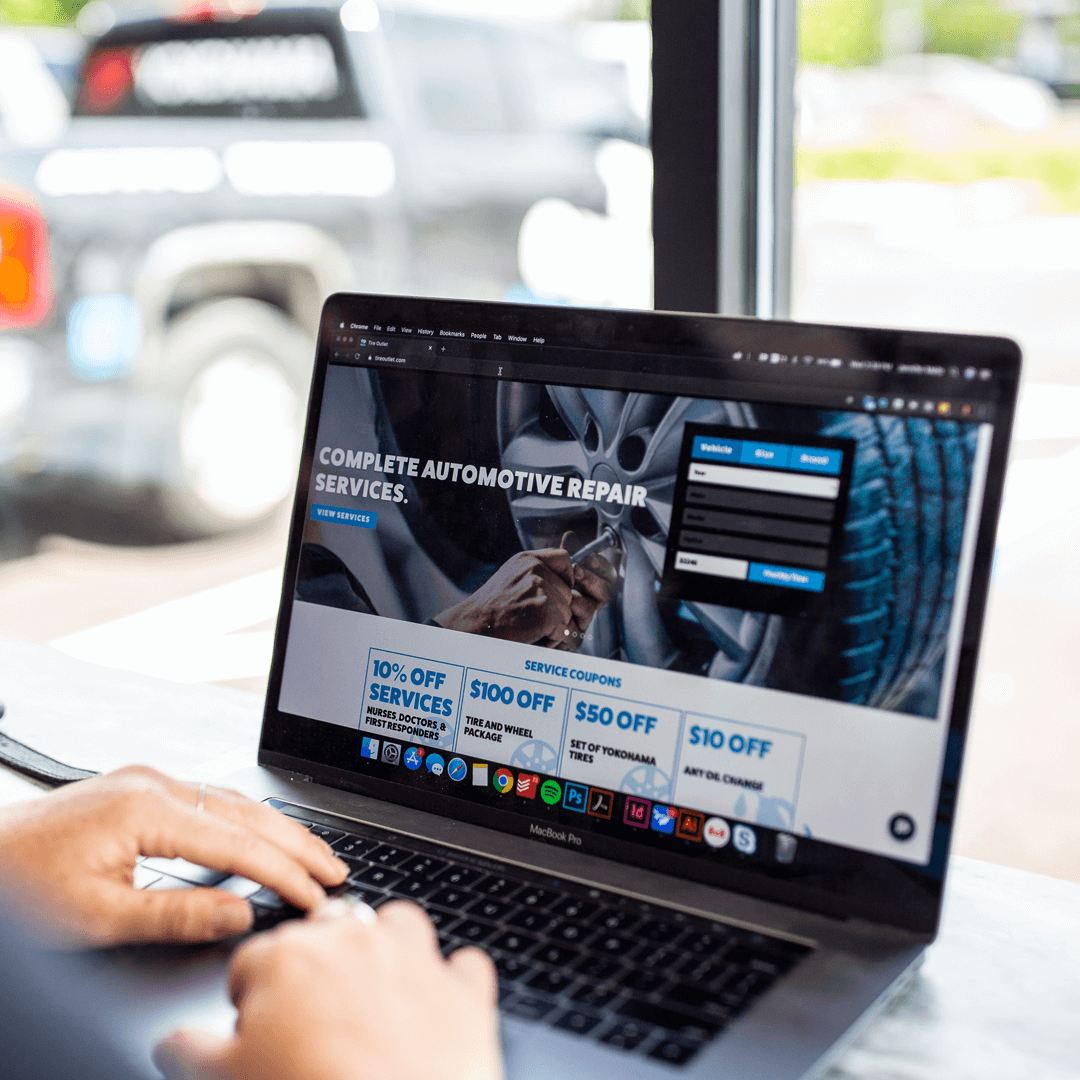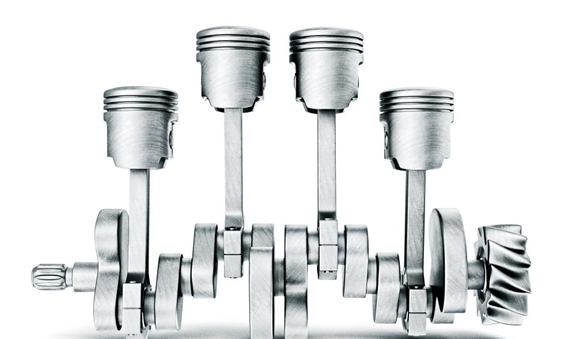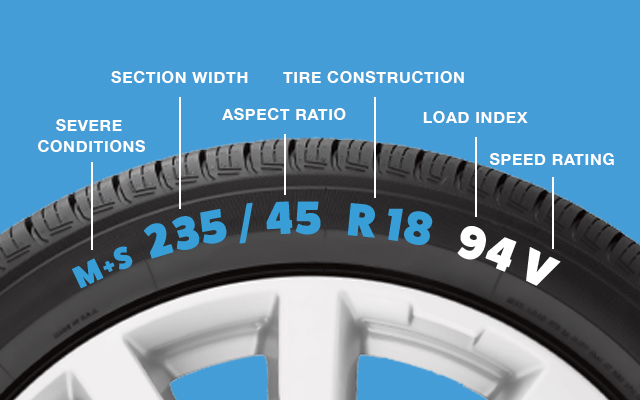
Tips, Guides & Resources For Keeping Your Car Up & Running In Jacksonville FL | Tire Outlet
Learn how to test your car's tire, what a tire load index means, or whether it is better to plug or patch a tire that needs to be fixed, on the Tire Outlet Blog
www.tireoutlet.com
what trouble codes are present?
will the engine spin on the starter?
are you getting ignition spark at the plugs?
have you checked all the fuses on the pass dash side panel?
(yeah I had to look around the new area, and so far I don,t see a great deal of performance auto related bussinesses)...........
I was talking to a guy at a local speed shop
and he mentioned that he had a 1968 corvette, and he was building a 427 BBC engine and he was intending to break 190 MPH.
he told me about the mods he planed for the 427 engine and he might be in the 500hp-530hp range if everythings done correctly...
I doubt that will get him close to his stated goal.
I wished him well, and suggested he do a great deal of related research so he would avoid wasting time and cash!
I also suggested he look into much better tires, brakes and cooling components, and adding a transmission, differential and engine oil cooler might not be a bad option.
now to be fair Id have judged this guy to be in his early 30s in age,
so I don,t think he had a great deal of experience and realized he would need extensive mods to aerodynamics,
brakes, cooling systems, and he had never begun to do the calculations to find the rear gearing, transmission and tire diameter,
nor had he ever even heard of tire speed and load ratings.
he would need approximately a 27" -28"tall tire to fit the corvette, unless he modified the wheel well clearance.
a muncie has a 1:1 top gear,
I asked a few question's and it rapidly became rather obvious,
this gentleman had almost no clue what was required to even come close to the stated goal.
yeah we were all young and we all had unrealistic expectations ..I know I was at his age!
his corvette had a 3.54:1 rear gear and a muncie 4 speed transmission,
A couple quick calcs in my head made me guess he would have to spin the 427 BBC in excess of 8000 rpm, which was very unlikely to work out well.
even a v3.08 rear gear would be hard pressed to keep the engine rpms semi reasonable.
yeah, a c3 corvette can be pushed to 190 mph but Id bet your looking at a $100K -$200 k project to do it and keep the car reasonable stable, and controlable at that speed and able to maintain repeated brake control from those speeds, and build an engine that will stay together at that rpm level for hours at a time on a race track like sebring, or lemans, or daytona at that speed
and I doubt there would be many O.E.M. parts anywhere on the car if you were serious at building such a race car!
I wrote down the web address of several corvette web sites and this web site,
I hope the guy takes the time to do some research, as I strongly suggested,
before he tries to drive at over 160 MPH using stock, suspension and brakes
I.m frankly amazed at the number of people that don,t use resources
I get into detailed discussions on a semi regular basis that concern a great many different factors in what it takes to build an engine correctly and have it built so it will be durable. anyone with a bit of ability to use logic has to conclude that if theres been businesses based on rebuilding...
garage.grumpysperformance.com
RPM/MPH From Gear Ratio Calculator by Wallace Racing
RPM/MPH From Gear Ratio Calculator - by Wallace Racing Home of Pontiac Powered Firebirds,Trans Ams,Pontiac Powered Dragsters,Pontiac Power Rules!
www.wallaceracing.com
Bbc Build Advice
I know this topic has been posted extensively, and I am very appreciative of that. I'm having a bit of difficulty sorting through all the material. Even though I can make my way through most repairs I have never built an engine and don't plan to with this project. What I'm looking for is...
garage.grumpysperformance.com
http://garage.grumpysperformance.co...-about-your-potential-dream-bbc-combos.14607/
http://garage.grumpysperformance.co...od-rod-length-too-stroke-info.510/#post-10311

Piston Speed Calculator - How to calculate piston speed?
The piston speed is amount of torque applied to the crankshaft, the diameter of the crankshaft, and the length of the stroke.
 calconcalculator.com
calconcalculator.com

Tire Height Calculator
Easy to use tire height calculator. Use our tire height calculator to calculate the diameter of metric tire sizes. Browse all sizes with our tire height chart.
calculate gear ratios, and when to shift calcs
you really should read all the links and sub-links below to maximize your understanding of the concepts, in the thread READ THE LINKS AND SUB LINKS http://garage.grumpysperformance.com/index.php?threads/matching-the-drive-train-to-the-engine-combo.741/...
garage.grumpysperformance.com
calculate gear ratios, and when to shift calcs
you really should read all the links and sub-links below to maximize your understanding of the concepts, in the thread READ THE LINKS AND SUB LINKS http://garage.grumpysperformance.com/index.php?threads/matching-the-drive-train-to-the-engine-combo.741/...
garage.grumpysperformance.com
Definition of Tire Speed Ratings
A tire's speed rating is an indication, expressed as a letter code on the tire sidewall, of a speed the manufacturer expects the tire to be able to sustain over a long period of time without coming apart. This is good information to have for a number of reasons, some of which actually include the likelihood of you ever being able to sustain even the lowest of speeds that passenger car tires are rated for.The speed rating code is semi-alphabetic and goes like this:
B: 50 kph 31 mph
C: 60 kph 37 mph
D: 65 kph 40 mph
E: 70 kph 43 mph
F: 80 kph 50 mph
G: 90 kph 56 mph
J: 100 kph 62 mph
K: 110 kph 68 mph
L: 120 kph 75 mph
M: 130 kph 81 mph
N: 140 kph 87 mph
P: 150 kph 93 mph
Q: 160 kph 99 mph
R: 170 kph 106 mph
S: 180 kph 112 mph
T: 190 kph 118 mph
U: 200 kph 124 mph
H: 210 kph 130 mph
V: 240 kph 149 mph
After V, all ratings begin with ZR and end with either W, Y or (Y). There is probably some entirely rational reason for this which completely escapes everyone else in the entire world. S, H, and V were the original three developed and is why H is out of alpha order.
ZRW: 270 kph 168 mph
ZRY: 300 kph 186 mph
ZR(Y): 300+ kph 186+ mph
Obviously, most of these ratings are for tires that do not go on passenger cars. The lowest speed rating you will probably ever see on a passenger car or truck tire is either S or T, which appear most often on dedicated snow tires. You can see that there is quite a safety cushion built into the system–how long do you think you're going to sustain 112 miles per hour on snow tires? How many times do you think you might even reach 112 miles per hour on snow tires?
How to Use Tire Speed Ratings When Buying

However, there is another use for this information–it gives you an idea of how well the tires are built for speed. In general, speed ratings of V or above mean that the tire has extra cap plies or even multiple steel belts to provide extra stability at very high speeds. It's built better to perform better. If you're looking for a tire to run on the Autobahn in your M3, you probably want something in the ZR range. Likewise, if you're looking to put inexpensive shoes on a minivan, you probably don't need V-rated tires, even if they were the original equipment manufacturer (OEM) choice.
It's hard to understate the importance of knowing what the speed ratings really mean. If for example, the manufacturer did put V-rated tires on that minivan, it can be difficult to convince many tire places to put an H-rated on as a replacement. This is less about selling more expensive tires, although that ends up being the functional consequence, and more about fears of liability. The “official line” that tire sellers generally get is, “Don't ever put on a lower speed rating than what was already on the car.”
This, although good advice in general, has to be balanced against the car manufacturers' predilection for putting increasingly over-rated tires onto new cars. This is something that you as a consumer should be aware of. Do you need the more expensive, better-built tire that will perform beautifully at 90 mph, or will you be better off with the cheaper one that works just fine at 65–75 mph but maybe doesn't do as well at 90–100 mph and might fail at 150 mph? That's ultimately a choice for you, not the tire seller.
A caveat: The speed ratings are based on lab conditions and don't take into consideration an extra-heavy load in the vehicle or the heat and condition of the pavement. Maybe your tires aren't perfectly aligned or inflated, which will also affect their performance. The rating does not represent exactly the maximum speed that you can drive on them in real-world conditions. Consult your owner's manual for other warnings or advice related to your specific vehicle.
Last edited:
